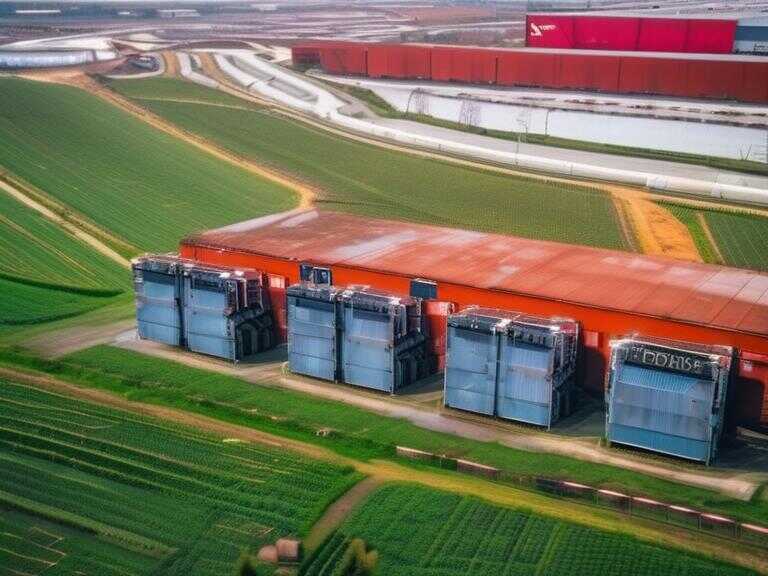
Keystone Pipeline Shut Down After Pressure Drop and Reported Bang in North Dakota
The Keystone Pipeline was shut down after a mechanical bang was reported, causing a crude oil release confined to an agricultural field in North Dakota.

The Keystone Pipeline was shut down following a reported "bang" in North Dakota on Tuesday morning. Bill Suess, the spill investigation program manager with the North Dakota Department of Environmental Quality, confirmed that an employee at a pump station heard a mechanical bang at 7:44 a.m. The employee promptly shut down the pipeline and notified emergency personnel.
South Bow, the liquid pipelines business managing the pipeline since 2024, reported that the control center's leak detection systems identified a pressure drop in the system. The company initiated a shutdown and response at approximately 7:42 a.m. The affected segment has been isolated, and operations and containment resources have been mobilized to the site. The rupture occurred at milepost 171, near Fort Ransom.
Extent of the Spill
According to Bill Suess, the release of crude oil from the pipeline was confined to an agricultural field south of the pump station, with oil surfacing 300 yards south of the pump station. Emergency personnel responded to the site immediately. The cause of the rupture and the volume of crude oil spilled are currently under investigation. However, Suess assured that no people or structures were affected by the spill. A nearby stream, which only flows during part of the year, was not impacted but was blocked off and isolated as a precautionary measure.
Regulatory Notifications
South Bow stated that it is making the necessary notifications to regulators, landowners, and customers. The Keystone Pipeline, operational since 2011, transports crude oil from Canada to the United States, running through North Dakota, South Dakota, Nebraska, Kansas, and Missouri to reach refineries in Illinois and Oklahoma. A proposed extension to the pipeline that would have routed crude oil to Gulf Coast refineries was halted in 2021 after years of protests.
History of Spills
The Keystone Pipeline has experienced at least three significant spills since 2017, with the largest occurring in 2022 when an estimated 14,000 barrels of crude oil spilled into a creek in Kansas. This recurring issue raises concerns about the pipeline's safety and environmental impact.
Share news















